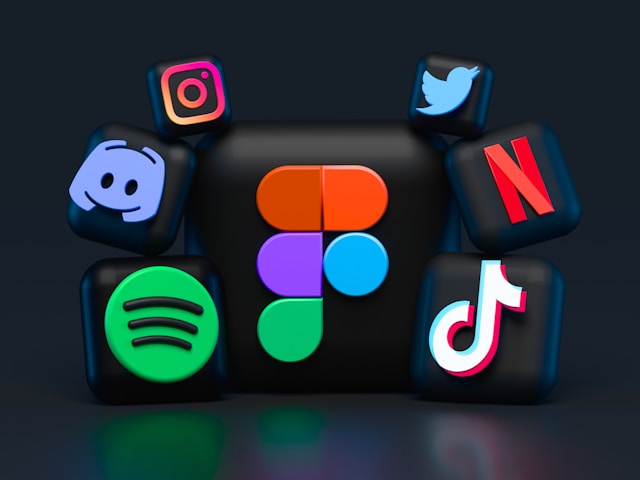The iGaming industry is rapidly transforming, with much of its evolution driven by the adoption of social media features. As online gaming grows, it increasingly mirrors the interactive, personalized experiences seen on platforms like Instagram, Twitter, and Telegram. This shift is reshaping how players engage with games, moving from solitary experiences to more connected, community-driven ones.
One of the clearest examples of this change is gamification, a trend that has spread across social media. Gamification now goes beyond traditional gameplay; it includes completing challenges, earning rewards, and competing for leaderboard rankings. These elements, which drive engagement on social platforms, are now core features of iGaming. A notable example is TG casino, which operates via Telegram and taps into this trend by offering instant rewards and bonuses. Through Telegram’s real-time messaging, the platform creates a social, interactive environment where players are continuously engaged through gamified experiences. This mix of instant gratification and social interaction keeps users active, driving loyalty and participation.
The rise of live interaction in iGaming, inspired by platforms like Twitch, is another way social media features are being incorporated. Many iGaming platforms now offer live streaming for real-time casino games, often including live chat options. Players can share tips, strategies, and even reactions as they play, turning solitary games into communal experiences. This social dynamic closely mirrors how people engage with live streams on social media, making the gaming experience more engaging and interactive.
Social media’s influence on iGaming is not limited to gameplay—it also extends to marketing and user engagement. From influencer partnerships to targeted ads, social media allows iGaming platforms to reach wider audiences more effectively. Just as social platforms offer personalized ads, iGaming sites use data to tailor promotions to players. What makes this strategy successful is its ability to build communities and encourage peer-driven and word-of-mouth marketing, much like on Instagram or Twitter, from trusted players, significantly drives user retention and growth.
In parallel, social networking features are being integrated into iGaming platforms. Players now have the ability to follow others, send messages, and form groups, creating a sense of connection similar to that found on social networks. These features help foster a sense of community within gaming, encouraging players to return to the platform, engage with one another, and form lasting connections. This sense of belonging strengthens player loyalty and adds to the overall appeal of the gaming experience.
Another significant trend is the growing acceptance of cryptocurrency in iGaming, which was initially popularized by social media platforms like Twitter. Many iGaming sites now accept cryptocurrencies, offering players a more secure and decentralized way to engage. This shift not only appeals to tech-savvy gamers but also provides greater privacy and control over transactions. The rise of blockchain technology in gaming is yet another example of how social media has helped drive technological innovation within the industry.
Finally, user-generated content is playing a growing role in iGaming, much like it does on social media. Players are encouraged to share their wins, strategies, and even suggestions for improving games. This sharing of content fosters a stronger sense of community and encourages more active participation. Players become contributors, not just consumers, which deepens engagement and strengthens connections within the platform.
The integration of social media features is transforming the iGaming industry, making it more interactive, connected, and community-focused. Gamification, live interaction, social networking, and user-generated content are just a few examples of how iGaming is evolving. This shift reflects the broader trends in digital interaction, where the lines between gaming, socializing, and online engagement are increasingly blurred.








Recent Comments